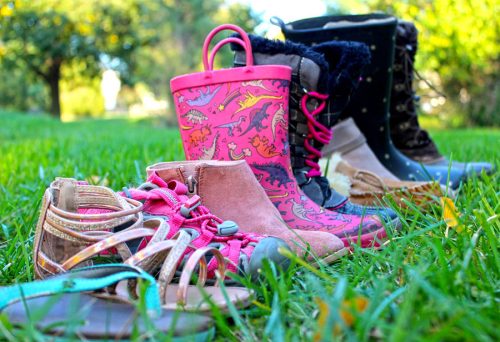You may be surprised to know that some foot issues are seasonal. As we transition into the autumn, you may realize your shoes transition too.
When the cooler temperatures blow in, we all adapt our shoe gear and that can affect our feet. Sohl Foot & Ankle can lend some guidance before foot problems then arise.
Have your toes ever turned pale or bluish, felt ice cold and ached with pain? If so, that’s probably Raynaud’s Syndrome (or Phenomenon).
This condition is related to small vessel circulation in the toes and is dependent on exposure to cooler temperatures. If this happens to you, you can take steps to prevent or mitigate this medical issue, and shoes play a big part of that treatment plan.
If you are someone who wears supportive flip flops, sandals or sneakers during the warm months, but then transitions to warm boots or slippers when autumn arrives, you might develop some pain.
Plantar fasciitis or a tendinitis can creep up during seasonal shoe transitions because some of the foot support is lost with cool season shoe gear.
Some folks might have a hammertoe that causes no trouble until each October. That’s when those boots come out of the closet and just like the year before, that painful corn on top of a hammertoe starts again.
Treatment of the corn, shoe adjustments, or even corrective hammertoe surgery may be needed.
If a person has peripheral neuropathy in their feet, temperature sensation can be diminished.
This can set up a dangerous risk for frostbite damage if a person doesn’t feel cold when exposed to freezing temperatures.
I have been treating these kinds of foot issues since 2011.
Call Sohl Foot & Ankle now at 267-699-3839 so we can help you avoid these issues and with so much more.
PHOTO CAP: Cooler weather shoe choices can have good or bad consequences.


